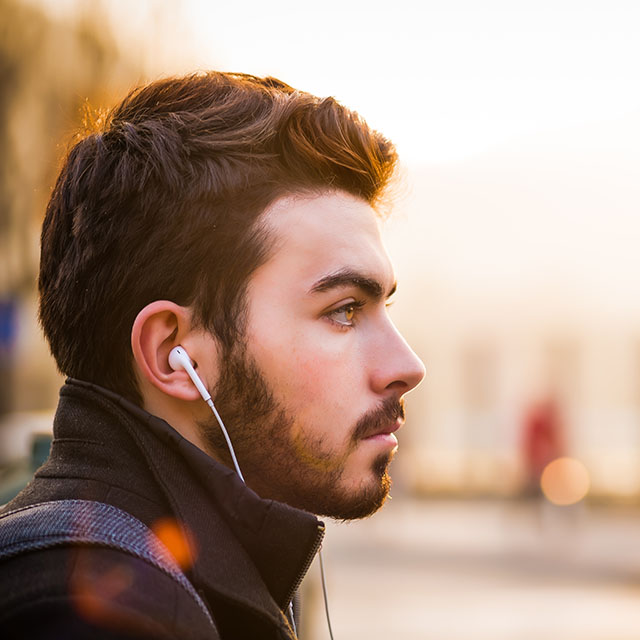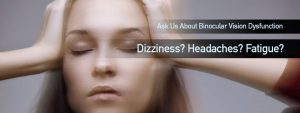According to the American Psychiatric Association, as many as 30% of the adult population experience anxiety at some point during their lifetime.
Anxiety is the most common of all mental disorders. It can cause feelings of near-constant fear, panic, and worry. Feeling anxious and overwhelmed can come from being unsure of your surroundings and prevent sufferers from living a normal life.
When vision is misaligned, it can cause blurred or possibly double vision, dizziness, disorientation and visual overstimulation, especially in crowded places like malls or in crowds.
Many people with vision problems feel anxious and overwhelmed.
Many patients who have previously been diagnosed with generalized anxiety disorder (GAD), agoraphobia, suicidal thoughts and panic attacks may actually be suffering from Binocular Vision Dysfunction (BVD).
By treating a vision misalignment and allowing the eyes to see clearly and properly, symptoms of anxiety can be reduced or eliminated, providing you with an enormous sense of relief.
Contact an eye doctor near you who has experience working with patients with anxiety and diagnosing and treating BVD.
SEE RELATED: What is Binocular Visual Dysfunction (BVD)?
What is BVD?
Binocular vision dysfunction is a misalignment of the eyes, making them unable to work together as a team.
While this might not sound serious, especially if the misalignment is only very slight, if the eyes aren’t paired in perfect synchronization, it can be difficult or even impossible for a person to function properly without becoming dizzy – even if their vision is clear.
Dizziness is only one of the many signs of BVD.
How is BVD related to anxiety?
If you suffer from BVD, your brain won’t be able to process and make sense of the incoming images your eyes are sending, often resulting in raised anxiety.
This occurs, particularly in a situation where a patient experiences an overload of visual stimuli. This could be because of the speed they are moving or because they are in a busy shopping place surrounded by noise and people.
As the brain tries to deal with the rush of information that doesn’t quite come together perfectly, the person may experience the various symptoms associated with binocular vision dysfunction.
These symptoms are largely similar, if not identical, to those experienced during an anxiety attack. Many people feel alone and isolated when they experience anxiety, particularly when it is a result of BVD.
Fortunately, there are treatment options available that can help patients to overcome the impact that BVD has on their lives.
If you think your anxiety is related to your vision, contact a vision therapy eye doctor near you.
How to Treat BVD
Vision therapy and prism lenses have been found to be a successful way to treat BVD.
Vision Therapy
Patients with BVD are often treated with a customized program of vision therapy.
Vision therapy is a program to improve the communication between the brain and the eyes, further supporting the visual system and alleviating the symptoms of BVD.
Usually, patients find that their symptoms gradually subside or completely disappear by completing a vision therapy program.
Prism Lenses
Prismatic (prism) lenses, another proven way to alleviate BVD symptoms, work to correct the misalignment of the eyes by manipulating incoming light before it enters the eyes so that when the images from the two eyes reach the brain, the brain can combine them into a single image.
The prisms in the glasses ‘trick’ the brain into thinking the eyes are aligned properly, causing them to see just one object and preventing eye muscle strain.
Prism lenses are often combined with a vision therapy program, can significantly improve a patient’s life.
LEARN MORE: Guide to Binocular Visual Dysfunction (BVD)
Contact a vision therapy eye doctor near you to start a vision therapy program to give your eyes the relief they deserve.









